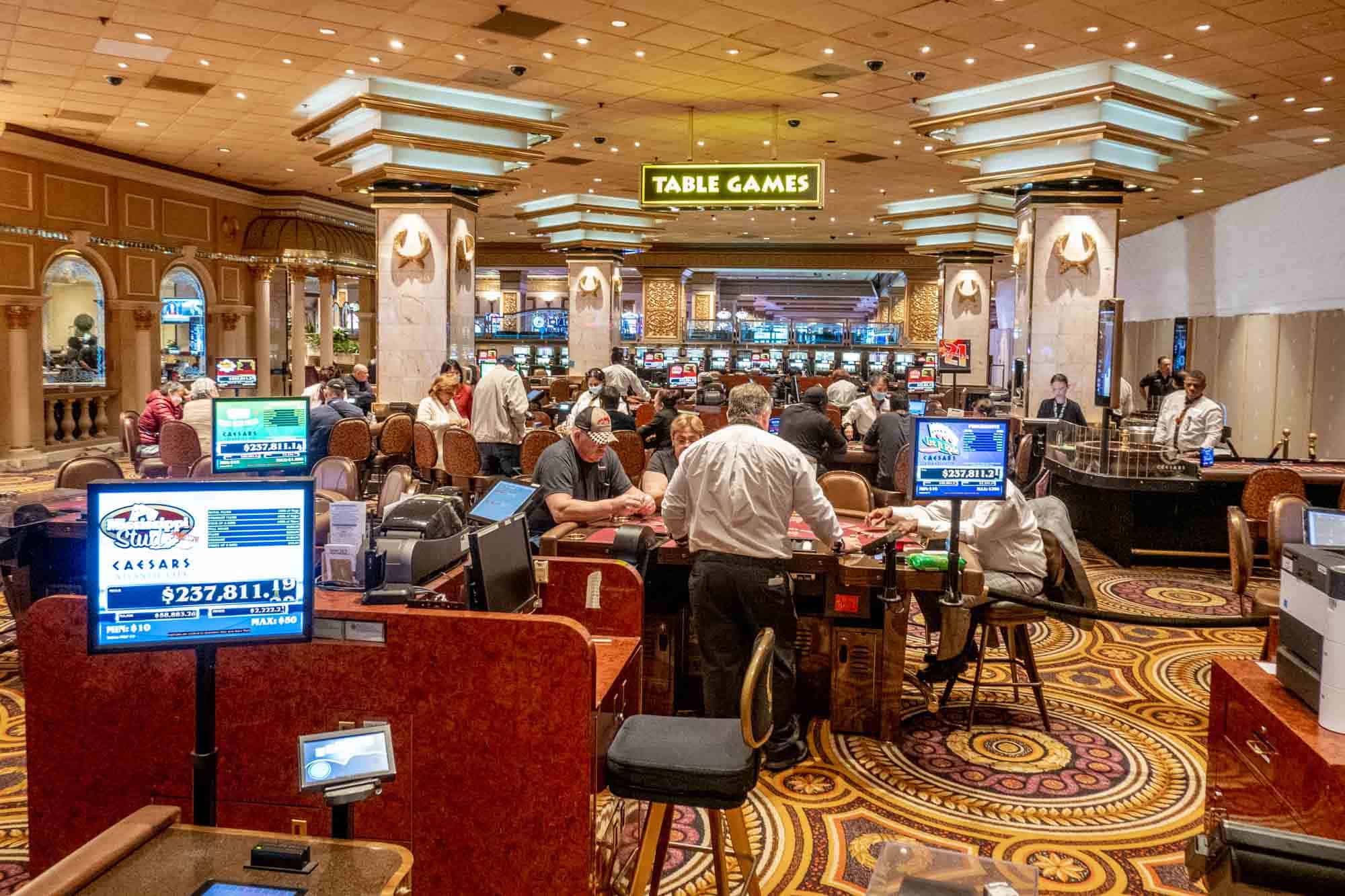
Casino experiences have long captivated the human imagination, drawing gamblers into a realm filled with fortune, planning, and the allure of adventure. Each activity is painstakingly crafted not just for enjoyment, but also to elicit targeted emotional responses that keep gamblers engaged and invested. Understanding the drives behind these designs reveals much about how human psychology plays a vital role in the gaming experience.
From the vivid lights and lively sounds to the complex layering of guidelines and rewards, casino games are designed to create an atmosphere of thrill and eagerness. Game designers leverage mental cues to influence player behavior, whether through the use of jackpots, close-call situations, or social connections. By examining these elements, we can better appreciate how casino games fulfill not just a need for entertainment, but underlying psychological needs for adventure and hazard.
Understanding Gamer Behavior
Casino games are designed with a thorough understanding of player psyche, which is vital for drawing in and keeping players. The rush of the game, coupled with the expectation of winning, produces a formidable draw. Game designers make use of elements like audio cues, dynamic graphics, and immersive gameplay to capture attention and elicit emotional responses. These sensory elements enhance the immersive experience, making players feel more involved in the game.
Another notable aspect of player behavior is the concept of risk versus reward. Casino games often weigh risky situations with the potential for substantial rewards, which can result in the occurrence known as near-miss experience. When players come within reach to winning, the brain releases dopamine, strengthening their behavior and prompting them to persist playing in pursuit of that hard-to-reach win. This cycle of anticipation and disappointment plays a critical role in how games are structured and promoted.
Lastly, community aspects also play a pivotal role in player behavior at casinos. Many games are made to be played in groups or in company with other players, fostering a sense of togetherness and shared experience. The community engagement inherent in games like poker enhances enjoyment and can lead to longer play sessions. Designers capitalize on this by designing environments that invite players to remain, connect, and come back, making the overall casino experience more appealing.
The Role of Imagery and Audio
Visuals and sound play a vital role in enhancing the player’s experience within gambling games. Designers utilize bright colors, eye-catching graphics, and engaging animations to capture players’ attention and sustain their interest. The use of themes, such as adventure or opulence, helps create an immersive atmosphere that transports players into another world. By appealing to the senses, these elements add to a intensified emotional response, prompting players to interact more profoundly with the games.
Sound design is just as important in enhancing the experience of gambling games. The mix of background music, audio effects for successful combinations, and environmental noises creates an sound landscape that holds players enthralled. Audio cues associated with wins, such as ringing bells or festive music, evoke feelings of thrill and satisfaction, encouraging players to continue playing. These sound cues are strategically placed to enhance the thrill of the game and create a more engaging experience.
Moreover, the synchronization of visuals and sound is important for supporting the game’s overall concept and atmosphere. Each element should coordinate seamlessly to create a cohesive experience that pulls players in. The effective use of this integration not only enhances user satisfaction but also increases the likelihood of repeat play, as players become more invested in the immersive world that the casino games offer. This thoughtful integration of imagery and sound ultimately enhances player involvement and commitment.
Reward Systems and Engagement
The design of casino experiences heavily relies on incentive structures to keep participants involved and returning for additional experiences. These structures are rooted in behavioral principles that exploit human nature and desire. Participants are often motivated by the thrill of success, which is supported by immediate feedback through the game structure’s design. thương hiệu F168 This prompt satisfaction not just enhances the overall experience but also fosters a feeling of achievement, encouraging participants to keep playing in hopes of greater gains.
Gaming establishments implement various incentive systems, including large payouts, extra rewards, and multipliers, to engage participants. These features create a level of excitement that maintains interest. Additionally, the unpredictability of outcomes plays a crucial role in keeping interest. The intermittent reinforcement schedule, where wins are random but occur often enough, keeps players on edge and motivated to continue participating. This loop of hope and expectation is essential to the effectiveness of casino games.
Furthermore, community aspects, such as competitive events and collaborative options, enhance the participation factor by tapping into the competitive nature of players. The communal aspect of playing with others can intensify the excitement of winning and create a sense of community within the gaming space. By combining these social dynamics with efficient reward systems, casino games don’t just provide fun but also nurture a deeper bond among players, reinforcing their commitment to the gaming experience.
